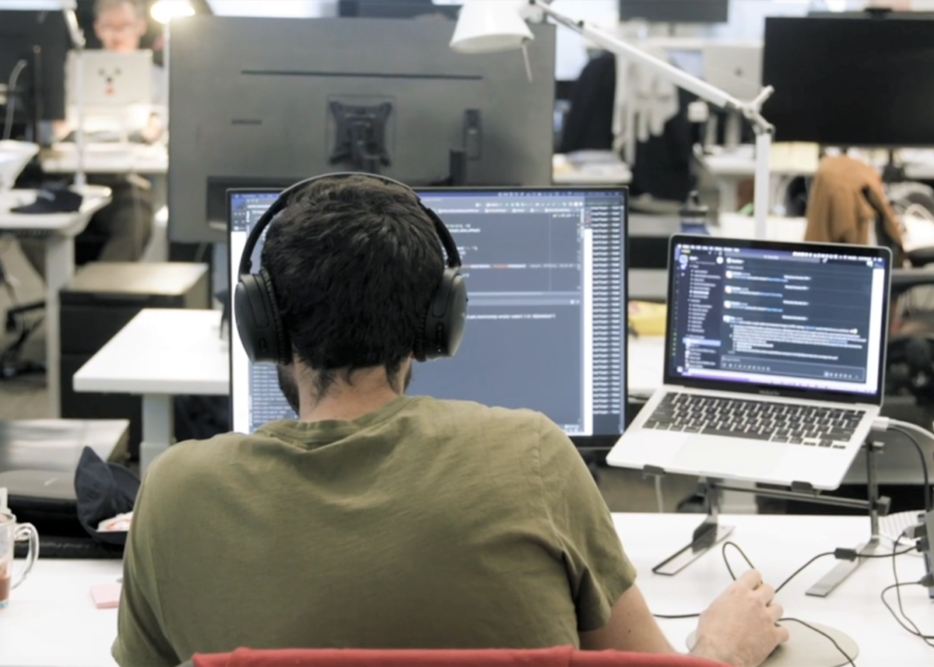Today’s consumers are accustomed to unprecedented variety and convenience when shopping for food, said Kane McCord, president and chief revenue officer of Seattle-based Shelf Engine. “Grocery stores have 40,000 more items than they did just a few decades ago. But the more SKUs a store has, the more it wastes. And the vast majority of these new SKUs are fresh products, which have much shorter shelf lives.”
Highly perishables now make up 39% of grocery stores, and produce alone is nearly 24%. These items have a short lifespan and are ripe for waste if not purchased. And food waste is expensive: shrink costs retailers $52 billion annually.
Technology, McCord said, can play a key role in attracting consumers to the fresh perimeter. It can forecast the products shoppers want to buy and ensure those are stocked appropriately. It can also steer retailers away from products that will take up valuable shelf space but ultimately won’t sell.
“When shoppers look at a fresh food display, they want to see variety, abundance and sustenance,” he said. “It’s difficult to achieve this, however, through traditional methods of forecasting and ordering.”
For instance, he said, grocery managers often follow a very manual process that hasn’t changed in decades: rough estimates using legacy software that doesn’t account for inventory on hand. Grocers may have data sitting in different systems that don’t connect and, as a result, stores tread a fine line between overstocking, which could increase their shrink, and stockouts, which could drive shoppers across the street to the competition.
Shelf Engine, McCord said, revolutionizes these manual and error-prone processes. The company’s artificial intelligence and machine learning models predict exactly how much highly perishable product retailers need to order to meet customer demand and maximize sales. By taking on the burden of forecasting and automated purchase orders, Shelf Engine deliver what shoppers want from retailers.
The company’s technology makes a million predictions a week about consumer demand for products. In 2021, it automated 437,000 orders for its customers.
“Our technology helps ensure grocers fill the shelves with the right product at the right time, guaranteeing the freshest foods for consumers,” McCord said. “It also helps free up labor to engage with their customers and better merchandise their products. And as shoppers grow increasingly concerned about the food waste crisis, they respond positively to retailers doing their part to keep products out of landfills.”
Shelf Engine’s technology has changed the game for grocery retailers. McCord said. In fact, the company is so confident in its ability to accurately forecast sales of perishable products, it offers a risk-free guarantee of its outcomes.
“If a product doesn’t sell, we don’t charge the retailer for it,” he said. “We’re pioneers in a new category - Results-as-a-Service. We handle all the forecasting and ordering ourselves. We take it off the plate of the people in store who used to handle this so they have more time to enhance the customer experience.”
Shelf Engine invoices customers for the results it achieves instead of a set monthly fee in perpetuity. McCord said the company is able to get better outcomes because Shelf Engine’s incentives are fully aligned with its retail customers.
“We only make money if we sell items. It’s in our best interests to get the order right and grow sales.”
Another benefit of the Results-as-a-Service approach is that it doesn’t take years to activate the product, McCord said. That doesn’t work for businesses that want to see an impact right away — instead, Shelf Engine can be up and running in two to four weeks, and the retailer’s IT team spends only an hour or two on the process.
“They set us up as a new vendor of record, enable an EDI connection to their point of sale date, and we take it over. It’s really that easy.”
Grocers have had an exceptional amount of pressure on their margins in the last 5-10 years, McCord said: inflation, supply chain issues, the arrival of new competitors.
Stores are frantically trying to increase, or at least sustain, margins. When you then layer on the labor shortage stores have been experiencing for the past couple of years, it creates big demand for new solutions.
“Shelf Engine is making great leaps and bounds in applying technology to the challenge of increasing margins,” McCord said. “Our product takes over forecasting and ordering for retailers on a huge scale in a highly accurate manner. By examining tens of thousands of factors to anticipate consumer demand, we are able to place the perfect order on behalf of customers.”
Shelf Engine is uniquely positioned to ensure retailers can stock and sell products more optimally, he added. With the company’s help, retailers can focus on what’s most important to them - their people and their customers.

